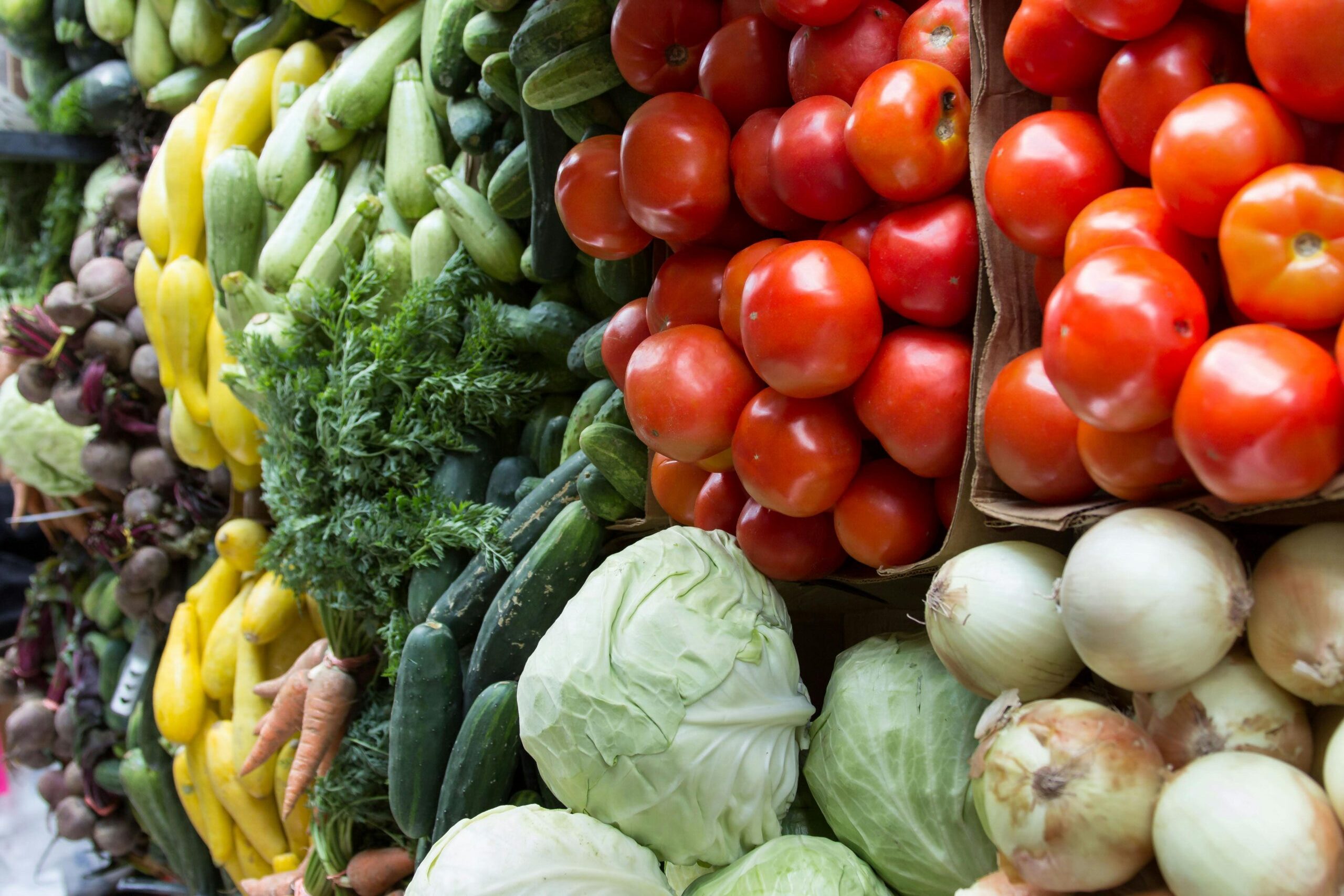In recent years, fresh fruit and vegetable production in the United States has been on the decline, U.S. production has decreased by 10 and 23.1 percent respectively since 2000. With declining domestic production, imports of fresh fruits and vegetables have grown substantially with some products only being available in the United States due to imports. Since 2020, a larger share of the total supply of fresh fruit in the United States was imported than grown domestically and has increased from 36.6 percent in 2000 to 54.8 percent in 2022 (Figure 1). Vegetable imports in 2022 were 29.3 percent of the total supply up from 9.5% in 2000. The value of imported fresh fruits and vegetables for 2022 was $18.23 billion. After including exports, the total volume of fresh fruits and vegetables available in the United States was 94.65 billion pounds, or 283.63 pounds per capita.

The United States has gone from being a net exporter of fresh produce in 1980 with 3.25 billion pounds to a net importer starting in 1998 with 1.88 billion pounds (Figure 2). Net trade of fresh produce, excluding bananas, for the United States during 2022 totaled 24.4 billion pounds of trade deficit and has been over 10 billion pounds since 2013. The United States was a net exporter of fresh fruits, excluding bananas, from 1980 to 2002, since then the United States net imports have grown considerably. During 1980 the United States trade surplus of fresh fruits, excluding bananas, totaled 3.11 billion pounds of exports. In 2022, the trade deficit of fresh fruits, excluding bananas, totals 10.4 billion pounds of imports. As for fresh vegetables, the United States has not had exports exceed imports since 1992. During 2022, imports of fresh vegetables were 13.9 billion pounds higher than exports and continue to grow.

Young, Landyn, Luis Ribera. “U.S. Fresh Fruit and Vegetable Supply.” Southern Ag Today 4(22.4). May 30, 2024. Permalink


